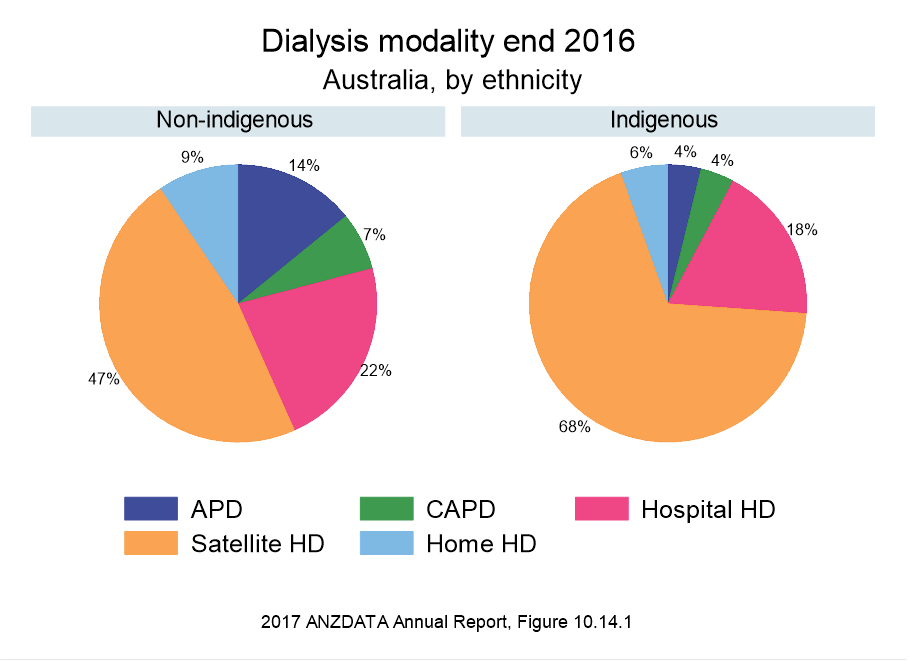Dialysis
What healthy kidneys do?
What is Dialysis?
Types of dialysis
Peritoneal dialysis
Currently, in Australia, nearly 25 per cent of people on dialysis are using peritoneal dialysis (PD). About 40 per cent of new patients choose peritoneal dialysis as their first treatment or while they are waiting for a transplant.
There are two types of PD:
- Continuous ambulatory peritoneal dialysis (CAPD)
- The day-time bags;
- Automated peritoneal dialysis (APD)
- The overnight machine
Both use the same catheter (tube), which is placed in the abdomen (tummy). Special PD fluid is used to clean your blood. It is changed regularly. In between fluid changes, you can carry out your normal activities. Most people choose the overnight machine and have the dialysis while they sleep. You can find more information on the Kidney Health Australia (KHA) website https://kidney.org.au/ .
Haemodialysis
Home haemodialysis (HHD) is done at least three times a week and lasts for at least four to five hours. It can also be done overnight. Home HD offers a lot of flexibility around the timing of your dialysis and how many hours you can do. Doing some additional hours is better for your health.
Currently, in Australia, about one in ten people on dialysis are on home haemodialysis.
If you are going to do home HD you will need to learn to manage your own dialysis. The equipment is all provided free to your home. If you think home haemodialysis may be an option you should learn as much about it as you can.
NOTE: The information on dialysis has been sourced from Kidney Health Australia & Kidney Care UK & ANZDATA websites on 22nd October 2018
Dialysis Type in Australia, Ethnicity


